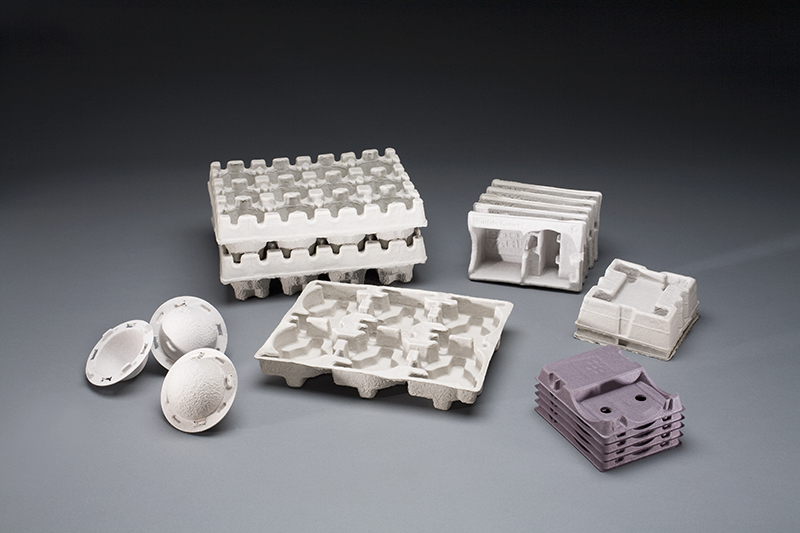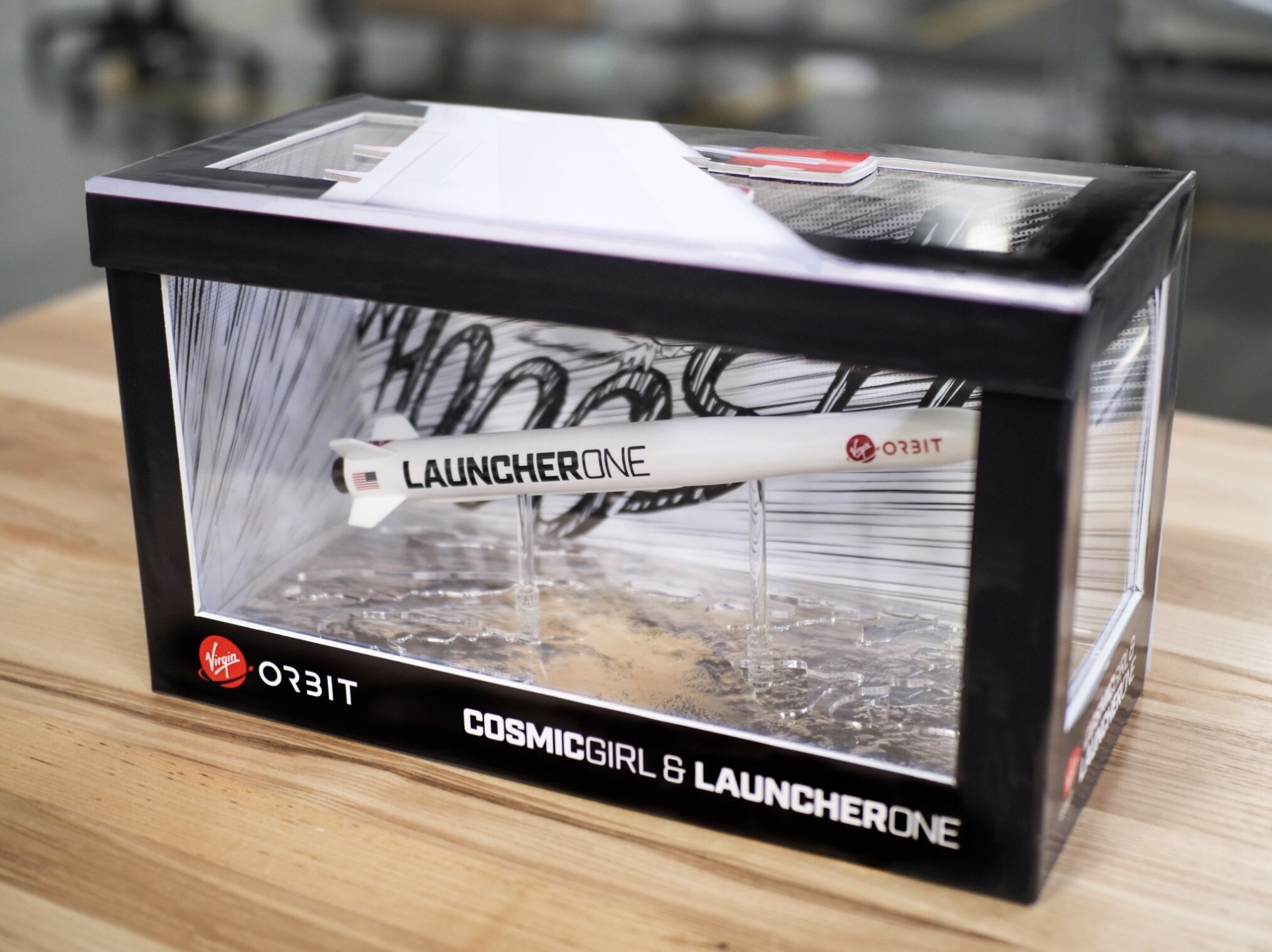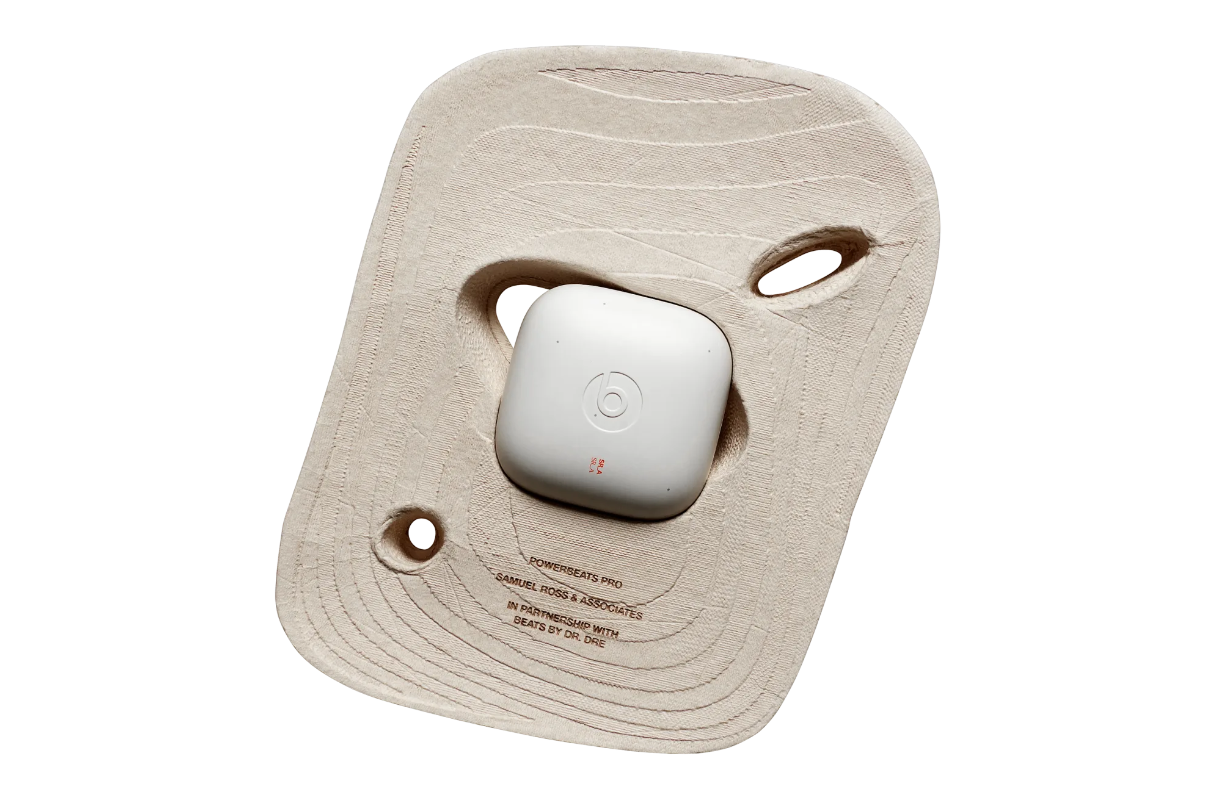Packaging unpacked: Molded fiber

Image from moldedfiber.com
So you’ve built your first piece of hardware, and now you have to package it up and sell it. While most consumers may not give packaging design much thought, there are a lot of decisions that need to be made when choosing what type of packaging best suits your product. Material, size, format, color, branding, and the overall unboxing experience are a few considerations. Where should you begin? In this series, I talk to packaging designers in our network to see what insights they have to share. For this first installment, we take a closer look at molded fiber packaging.
We spoke with industrial designer Adam Blish, whose work sits between traditional ID and product design. Adam cut his teeth designing packaging for Virgin Galactic, but he quickly developed a specialty in molded pulp fiber packaging.

Image via Adam Blish
Molded fiber is widely used for creating packaging solutions. Because products can be friction-fit into rigid materials, it’s often used for product trays. Molded fiber is typically made out of recycled materials or newsprint, which often gives it an earthy brown or grey tone. You’ll find this stuff everywhere, from recyclable coffee trays to hardware packaging; it’s pretty common.
One of the benefits of this type of packaging is that it’s not only rigid, but also compostable. Materials are compostable on a spectrum, so depending on the specifics of your molded fiber packaging, your results may vary. There have been many recent innovations pushing the bounds of just how compostable molded fiber can be, including using organic materials such as mushrooms and seaweed. Websites like Guacamole Airplane have great guides to compostable and emerging materials.
Pulp fiber packaging doesn’t have to look boring either; it can and should reflect the brand identity of the product. One of Adam’s most interesting works is packaging design for a collaboration between designer Samual Ross and Beats headphones. To reflect the designer’s signature organic forms, Adam designed molded fiber packaging that features layered undulating shapes.

Image Via Adam Blish
In order to create this unique packaging, Adam used an FDM printer to create custom molds. These parts were attached to a molded pulp fiber manufacturing line and mounted on a thermal former. The former was then dropped into a tank where a vacuum sucks up slurry of pulp and water, which the 3D-printed screen collects. Typically, you’d then hot-press the form to smooth out surfacing differences. In order to make the unique design come to life, Adam chose to integrate the manufacturing remnants into the final design.
While molded fiber packaging might not be ideal for food products, it can bring an eco-conscious awareness to your brand, as well as keep your products safe. Exploring available eco-friendly options is a great way to get started, along with observing the plethora of molded fiber products you probably touch daily. If you’d like to explore what packaging options are right for you, drop us an email.
informal is a freelance collective for the most talented independent professionals in hardware and hardtech. Whether you’re looking for a single contractor, a full-time employee, or an entire team of professionals to work on everything from product development to go-to-market, informal has the perfect collection of people for the job.